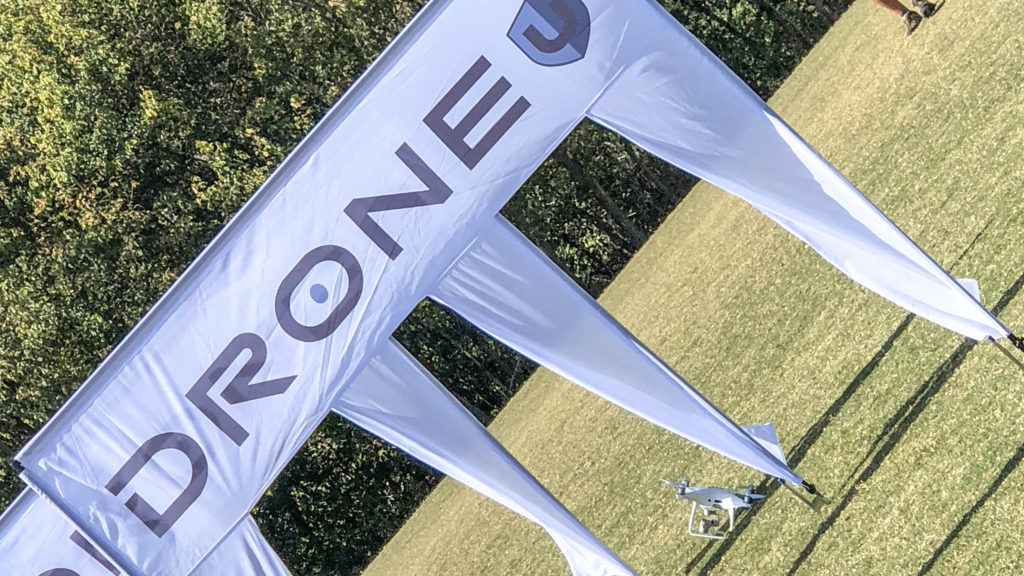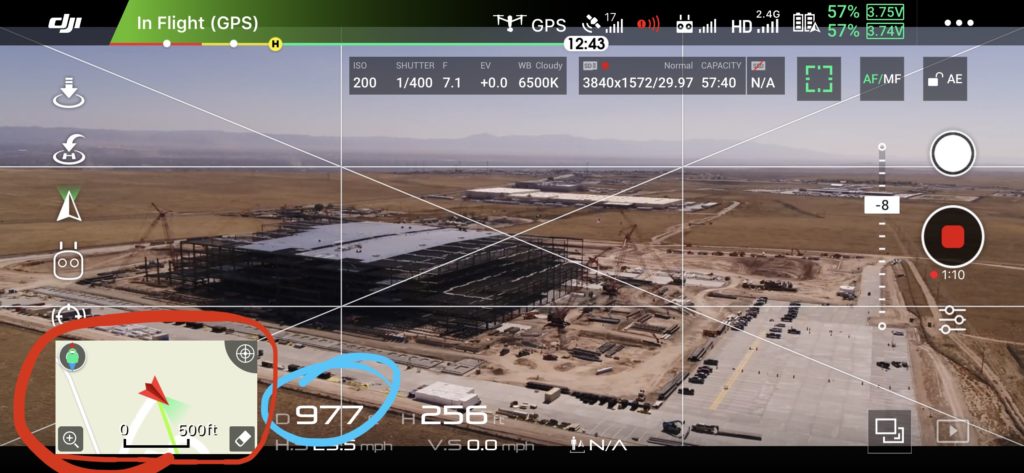
Learn what to do if you crash your drone in the forest. Learn how to find your drone and learn why you should leave no trace in the woods.
During the Holiday season, it is natural to crash or destroy your brand new drone. Don’t feel bad, everyone crashes…just hopefully not manned-aircraft pilots. Let’s discuss what to do if you crash your drone away from home.
Frankly, the sooner you crash the better. WE all could use a little humble pie…(myself included. PAA) Especially when it comes to flying our drones. When we start to get comfortable behind the sticks, that’s the first sign that something is about to go wrong. Typically, as we become comfortable, that’s about when we crash.
After a few friends posted on Instagram about their post Christmas drone crashes, we figured it would be a good idea to discuss what to do after you crash.
Crashing is the ultimate opportunity to learn, and we can’t stress that enough. Crashing helps us understand and realize…and address our pitfalls as pilots. As drone pilots, we’re lucky, because we’re like cats and get 9 lives. General aviation isn’t so lucky…
How to find your drone after you crash (your recreational drone)
Whether you crash in your neighborhood or if you crash in the forest, there are a few ways to help you discover the drone’s location. Depending on which drone you have, the workflow on how to retrieve the aircraft may be different.
- DJI GO 4 local Map: Found on the lower right hand corner of the DJI GO 4 app, this map shows you exactly where the drone is in relation to the pilot. The drone is shown as a red triangle, almost looks like a paper airplane icon. You can also see how far away the drone is on the telemetry on screen. See image below, red circle showcases where you can find the map. The blue circle indicates how far away the drone is from you.

- ESC BEEPING: Found on most DJI drones in the main menu. (Menu location depends on which drone you’re flying) When you turn on ESC beeping, the drone will make an audible noise so that you can hunt down and track your drone…like your iPhone.
- Flying the Mavic Air 2 or Mini 2; you can click “Find My drone.” The drone will start to make noise and you’ll be able to find the drone like ESC Beeping. Note: If your drone is still connected to the remote, do not turn off the remote. Otherwise it may not reconnect.
What to do if you crash your drone in the forest.
Let’s imagine it was a beautiful day in a post pandemic world. You went out for a hike and subsequently a nice sunset flight. (Don’t forget the strobe) Yet you crash your drone by hitting an obstacle. What should you do if you crash your drone in the forest? You should retrieve and recover it as soon as possible. As a pilot, you subscribe to the notion that the pilot is ultimately responsible.
If you crashed the drone you are responsible to retrieve the aircraft.
Frankly, if you love nature and photographing it, we should all want to take care of Mother Nature. If that’s not enough empathy to sway you into not leaving your drone behind, the Leave No Trace Center for Outdoor Ethics, sites the proper disposal of trash as one of their 7 defining principles.
If your drone is damaged or not, you should retrieve the aircraft. The drone, carrying a lithium battery is an extreme wildfire hazard. Let’s not forget a drone has crashed and caused a wildfire before.
In fact, the sooner you recover the aircraft… the better. There are a few reasons why you may want to retrieve the aircraft quickly.
- If you want to use the battery again, you don’t want to subject it to extreme temperatures.
- The battery contains hazardous material, it can cause a wildfire.. if the battery is punctured.
- You won’t have a long time to recover the drone with ESC Beeping on, when the battery dies, the ESC beeping stops as well. Hurry up!
- You don’t want to ruin the forest
- You like wildlife
Good news is that most battery technology has become more resilient. While batteries are still prone to fires when charging and when improperly handled, they have become a little stronger. During our Accident Reconstruction Mapping class at the NTSB Training Academy, we had the amazing opportunity to witness a student drop a phantom battery from about 30′ off of the ground. The battery survived hitting the concrete with minimal damage. While this is a one-off scenario, we were impressed with the battery construction.
What to do after you crash?
Crashing is the best opportunity to “get back on the surfboard,” humble down and keep flying. That’s how we learn. When loses become learning experiences, the sky is literally the limit. Check out our podcast on what to do after you crash.
What to do if you crash your drone used for business. (Part 107)
This article was written in the frame of mind of a hobby pilot. What should you do if you crash your business drone?
Commercial drone pilots have much higher standards to follow according to Part 107. When it comes to crashing your drone used for business, you might have to report it to the FAA.
If you cause more than $500 in damage, not including the drone, you would have to report it to the FAA.
Drone pilots unfortunately have to report to the FAA & to the NTSB if the accident or crash is severe enough. For example, if your drone suffers a fly-away and hits a person, you’re asked to report it to the NTSB.
Specifically, if you crash your drone for business, 14 C.F.R. §107.9 states:
No later than 10 days after an operation that meets the criteria of either paragraph (a) or (b) of this section, a remote pilot in command must report to the Federal Aviation Administration in a manner acceptable to the Administrator, any operation of the small unmanned aircraft involving at least:
a. Serious injury to any person or any loss of consciousness; or
b. Damage to any property, other than the small unmanned aircraft, unless one of the following conditions is satisfied:
i. The cost of repair (including materials and labor) does not exceed $500; or
ii. The fair market value of the property does not exceed $500 in the event of a total loss.
For more specifics on when to report your drone crashes to the NTSB, see this report.
Whether you’re flying a recreational drone for fun, or flying a commercial drone for business… you’re a pilot. If you’re a pilot than you’re ultimately responsible. If you crashed your drone without damaging other people or objects, you’re lucky! Commercial pilots may have to report crashes that result in $500 or more in damage. If you crash your drone in the forest, the woods or not on your property, you should retrieve it ASAP. It is a fire hazard.
So get out there and fly and have a great time!
Just remember that as drone pilots it’s important we always take responsibility for our actions accidents and the environment in which we fly.







Add Your Comment